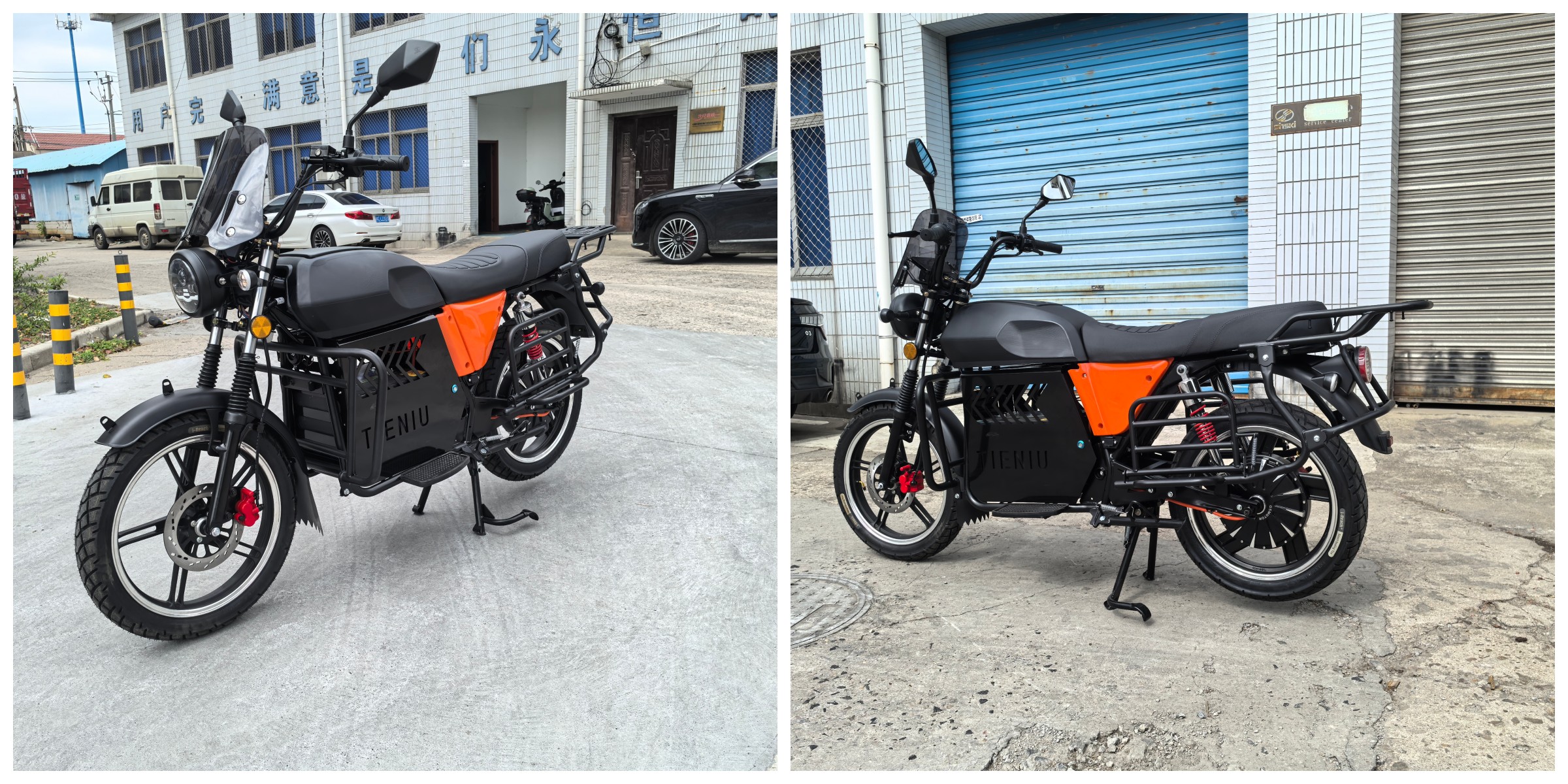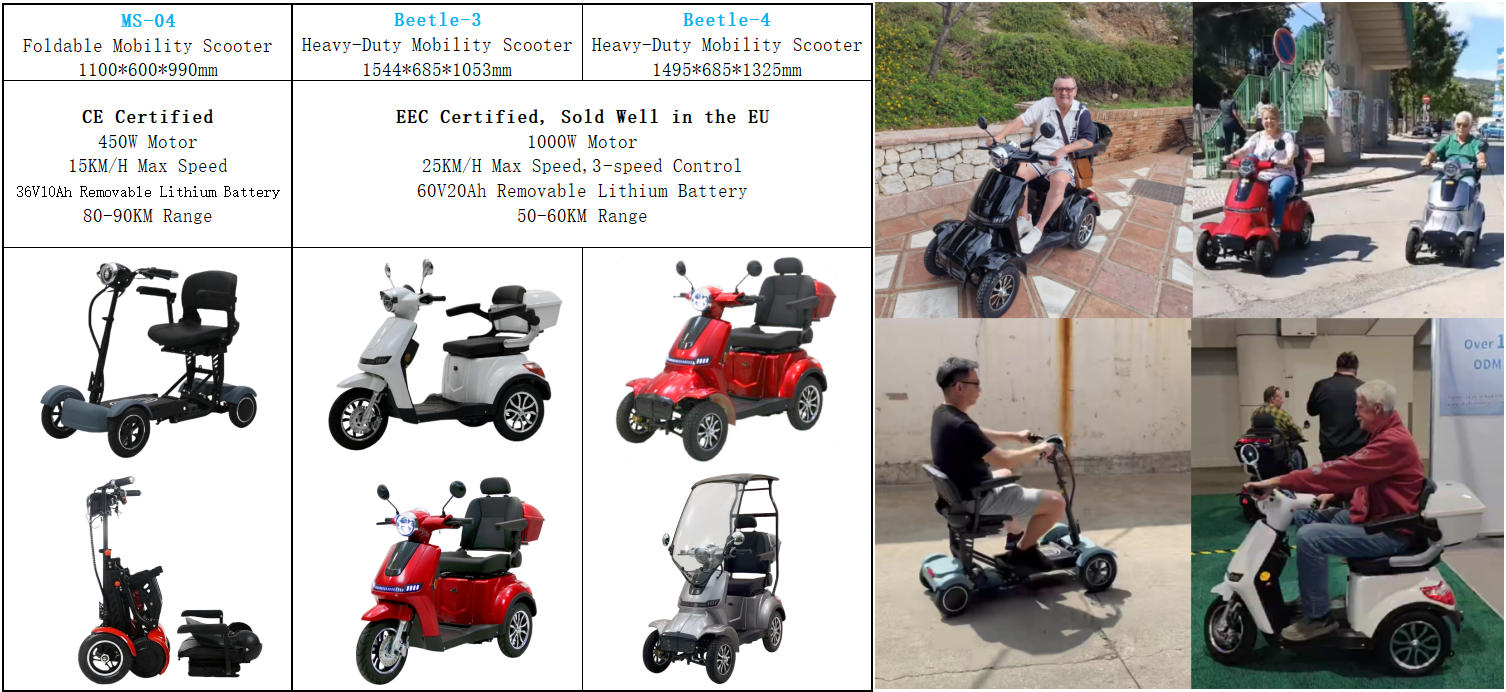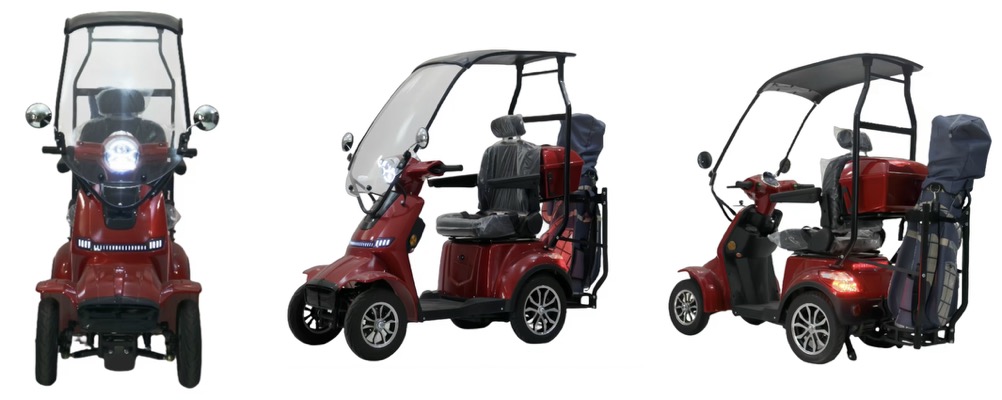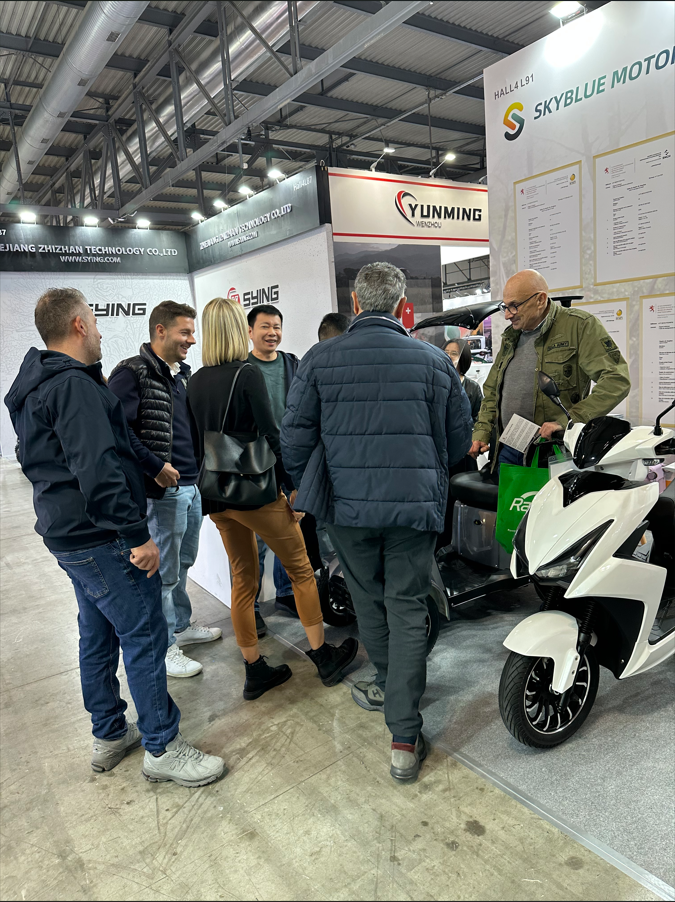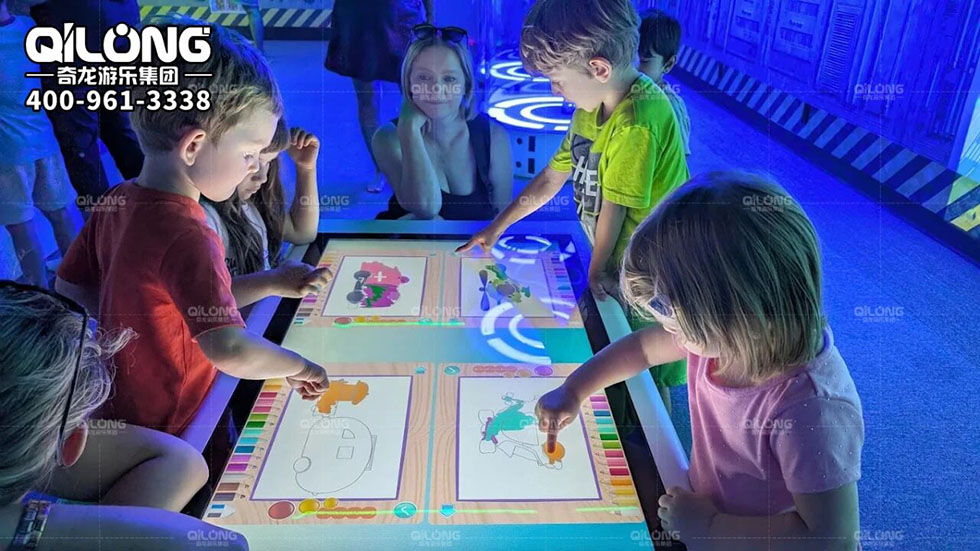As family entertainment centers (FECs) and indoor playgrounds evolve, modern technology has become a powerful tool to enhance visitor engagement and enrich the play experience. No longer limited to physical equipment alone, many operators are now integrating digital play features to stay ahead of the curve and meet the expectations of today’s tech-savvy families.
Below are four standout innovations that are redefining indoor play spaces.
--------------占位---------------
Projection trampolines use interactive floor projection and motion sensors to create dynamic, real-time games on the trampoline surface. As children jump, their movements trigger responses from the projected game world—such as collecting items, dodging obstacles, or changing scenery in the trampoline park.
Key Benefits:
-
Encourages physical activity while improving reaction time
-
Supports single or multiplayer modes with various game themes
-
Keeps children entertained longer, increasing dwell time in your facility
--------------占位---------------
Often referred to as "Magic Brush" or “Smart Drawing Table,” this technology allows children to draw characters or objects on paper or tablet, scan them, and see them instantly projected onto a large digital screen where they come to life with motion and sound.
Ideal for:
-
Stimulating imagination and creative expression
-
Supporting early childhood education through storytelling
-
Offering a low-intensity play option for younger children or quiet zones
This is a standout attraction in themed zones or birthday party areas.
--------------占位---------------
By adding overhead projectors and sensors, traditional ball pits can now host interactive games such as chasing animated fish, stepping on targets, or cooperating in group-based challenges.
Advantages Include:
-
Freshens up a standard play zone with digital excitement
-
Allows frequent software updates for seasonal or branded content
-
Appeals to both toddlers and older kids with scalable difficulty
--------------占位---------------
Using AR projection, sand pits become immersive educational tools. Children can dig, pile, or sculpt the sand, while the projected visuals adapt accordingly—turning hills into volcanoes or valleys into rivers.
Why It Works:
-
Combines tactile play with real-time visual feedback
-
Introduces STEM concepts through hands-on experimentation
-
Enhances group play and cooperative learning
This setup is especially attractive to schools and institutions with edutainment goals.
Conclusion: A Strategic Upgrade Worth Considering
Integrating technology into your indoor playground is more than just a trend—it’s an investment in higher engagement, better customer retention, and stronger brand differentiation. These digital play modules appeal to a wide age range, create Instagram-worthy moments, and encourage repeat visits.
Whether you're building a shopping mall play zone or a full-scale FEC, adding interactive tech can significantly boost your project's long-term success.
For inquiries about digital play solutions, contact us at sale@xyyplayground.com
